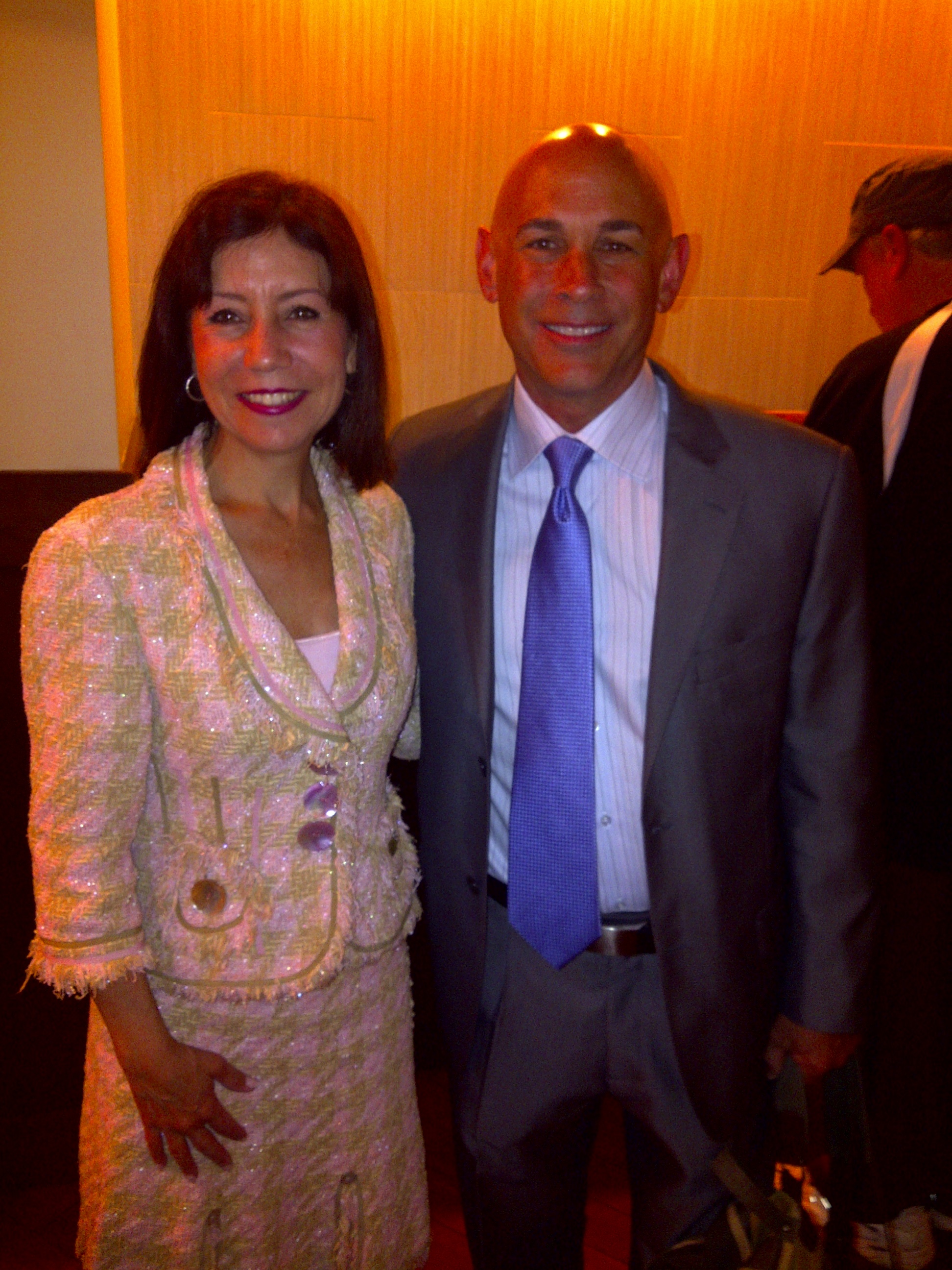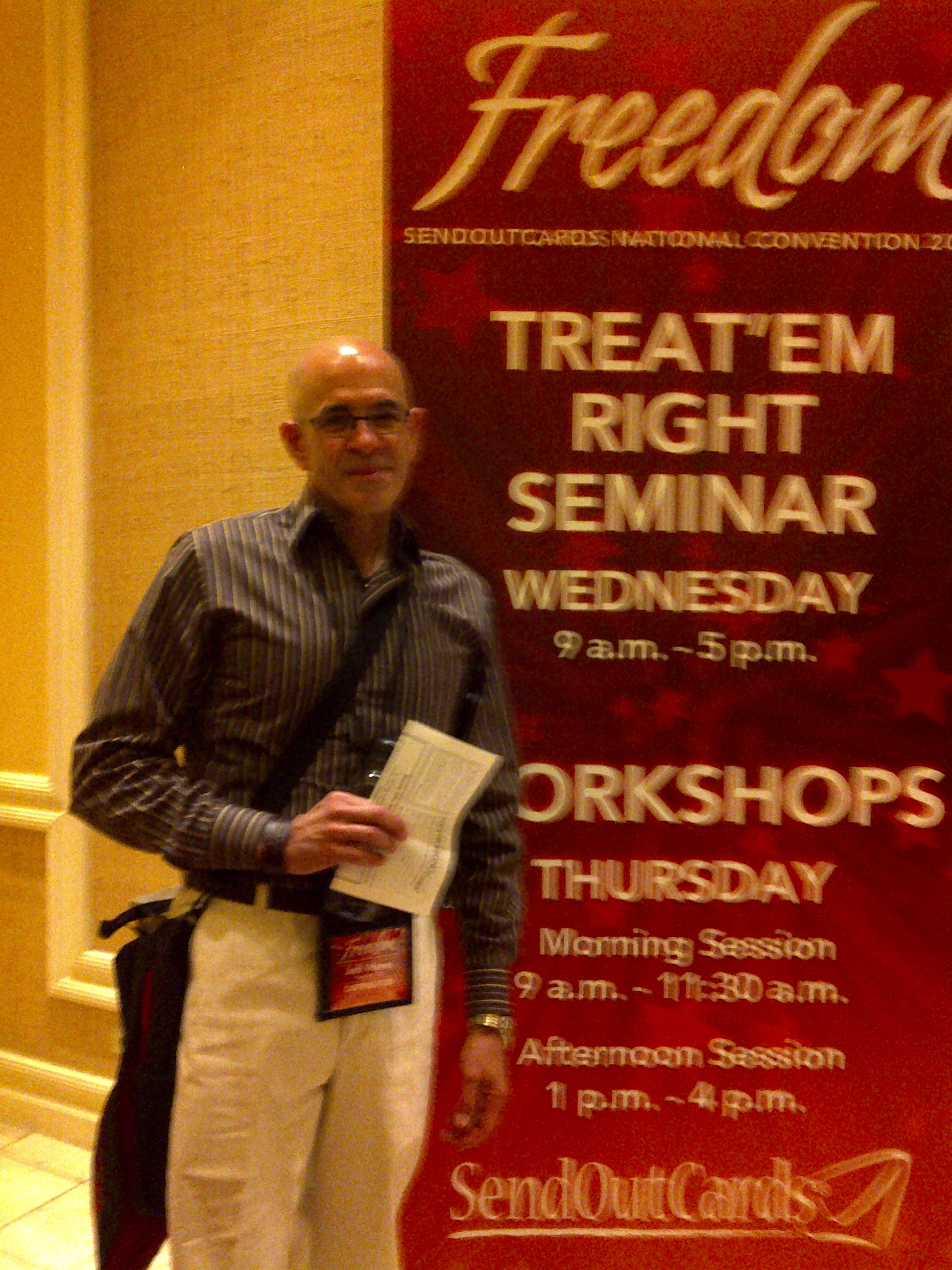 Video marketing is hot. The next best thing to face-to-face public speaking is a video. More businesses are creating video presentations because they know videos attract attention. Youtube is now the second largest search engine after google and for good reason. Video presentations are more engaging and motivational than webinars which have static slides. Video presentations make use of both visual and auditory learning styles but unlike PowerPoint, it's a lot easier to learn a skill by watching a video.
But video alone will not engage your audience. There’s a lot of competition for boring videos. Effective video marketing requires compelling content and good presentation skills.
Video marketing is hot. The next best thing to face-to-face public speaking is a video. More businesses are creating video presentations because they know videos attract attention. Youtube is now the second largest search engine after google and for good reason. Video presentations are more engaging and motivational than webinars which have static slides. Video presentations make use of both visual and auditory learning styles but unlike PowerPoint, it's a lot easier to learn a skill by watching a video.
But video alone will not engage your audience. There’s a lot of competition for boring videos. Effective video marketing requires compelling content and good presentation skills.
This video immediately engages the listener. I'm not endorsing the content or the speaker but the video serves as a good model for capturing and keeping attention. Notice how this video presentation follows all the guidelines. http://www.doubleyourfatlossnow.com/
Here are some tips to keep your audience listening and engaged to your video presentation from beginning to end.
Attract Attention with a Great Title
Titles sell. Here's how to create attractive headlines:
- Use Numbers: Five Ways to Grow Your Business
- Pique Curiosity: Untold Secrets Internet Marketers Don't Want You to Know
- Ask a Question: What is your Reputation Costing You?
- Use Emotion: All Stressed Out and No One to Choke
Get Started Immediately
Attentions spans are short. Make sure the video starts up when opened. Don't allow ads. Introduce yourself and get right to the point. Lengthy introductions are passe.
Get Personal
People buy from people they know, like, and trust. So tell them something personal. Add a photo of yourself, possibly a family member or pet. People relate to animals and a picture of your pet humanizes you and creates a bond with the audience.
Provide A Promise
What will they gain by listening to your video presentation? Provide an agenda or road map. Listeners want to know where you're taking them. A three point agenda works best.
Keep the Action Going Every Three Seconds
The trend in videos is to change scenes every three seconds. Yes, three seconds! I tested this on myself. I noticed that every time I was about to fast forward a video presentation, the scene would change. I found it uncanny that this video was so tuned into my attention span. Looking for a formula, I started to count. One..two..three. The slide changed. One..two..three. The slide changed again. That's how I discovered the three second rule.
Provide Real Value
Nobody will stay tuned for a sales pitch or a rambling message. Effective video marketing offers new information, and promises more data and solutions that the listener desires. Content is king on the internet as well as in videos.
Find Their Point of Pain
Education for the sake of knowledge is noble but it won't sell your product, service, or brand. People need to know you understand their pain.Identify their pain points and offer relief. Your presentation must speak to them directly.
Build Anticipation
In the above video, they tease the audience with the 4 hormones needed to burn fat that the medical profession doesn't talk about. Just like a good soap opera, build anticipation and people will stay tuned.
Entice with your Voice.
Video presentations are a form of public speaking. If you can't afford a professional voice over, make sure you use the deeper range of your voice, articulate clearly, and keep an even pace. If your voice is not your best asset, invite a friend to do the voice over.
Don’t Add a Control Bar
How many times do you try to fast forward to the end? As much as I desire a control bar as a listener, this gives the audience too much control. As long as the video provides strong content and moves quickly, you'll keep the audience listening.
Save the Offer for the Very End
Avoid a sales pitch and focus on education. As you build a convincing case, people will be
ready to buy. Make sure the offer happens at the very end on the last slide. Nobody likes a hard sell.
What are your tips for creating a knockout video?
Send me your links to the best videos you've watched.
 Words are dying.
Words are dying.
 Video marketing
Video marketing




















 Make this your best year. Start by polishing your presentation and communication skills. Resolve to follow these eleven speaking principles to speak with greater impact.
Make this your best year. Start by polishing your presentation and communication skills. Resolve to follow these eleven speaking principles to speak with greater impact.
